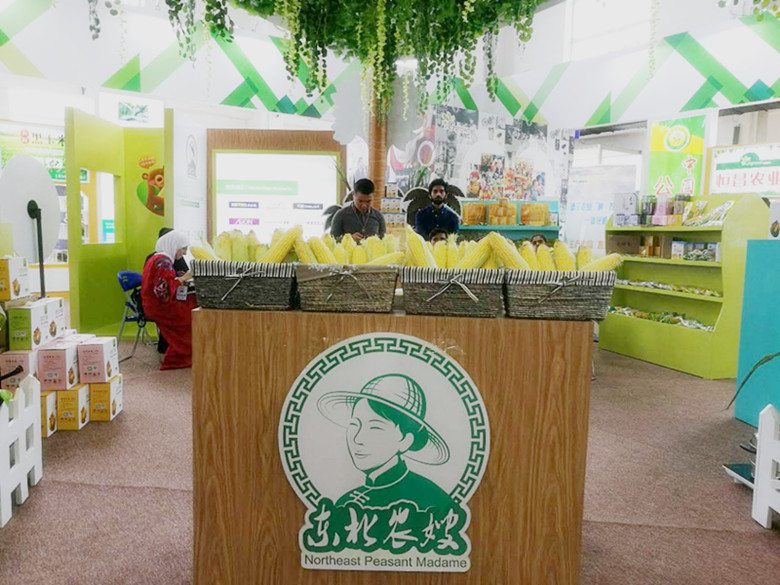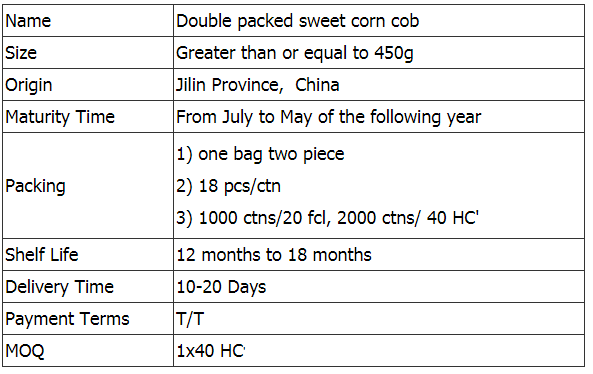Japanese maple, it is both an ideal garden landscape tree, but also a good material for the production of bonsai. Small trees, medium and slow growing speed, 5-8 meters high, beautiful tree branches, flat branches, layers of clouds, gestures, beautiful leaves, spring and autumn leaves bright red, summer purple; May flowering, color It is light red, and after the flowers, it is shaped like ingots and the seeds ripen in October. Japan's red maple is strong and has strict requirements for the environment. It is resistant to semi-shadow, hi fertile, moist and well-drained soil and resistant to -25°C low temperature. Potted plants in the northeast can be used indoors or in greenhouses for winter.
Japanese red maple is generally used for the grafting of two-year-old green maple as rootstock, and grafting is appropriate in spring from February to April. For example, if the green maple that was born that year is more than 50 cm and the ground diameter is 0.5-0.8 cm, it can also be grafted in the autumn of that year.
When grafting, the full-grown, robust, and full-grown one-year-old branches in the middle and upper parts of the canopy of the Japanese Red Maple mother tree were selected as scions, and grafting was performed by various methods such as abdominal connection, cutting, splicing, and bud grafting. The height of the rootstock cut-off site should be 4-5cm above the ground. It is worth noting that the formation layer of the scion and rootstock must have at least one side of the mouth anastomosis, and the plastic tape with a width of 1cm must be used from the bottom of the interface in time. Bundle tightly, tightly combine the ear anvil, and put on a small thin plastic bag to prevent dehydration and dryness.
After grafting, timely and frequent inspections should be conducted. The scion should be dry and the joints can be patched on the other side of the original grafting site. The spring connection can be checked 15-20 days later and the autumn connection is checked about 30 days. When the scion survives, , must cut off the sprouts sprouting on the rootstock.
Ready-to-eat Double Packed Sweet Corn
In this category is sweet corn from Jilin Province Agricultural Sister-in-law Food Co.
The physical characteristics of maize consist of grain colour, grain shape, seed coat lustre, grain length, grain width, 100 grain weight, grain diameter, uniformity of the seed and hardness. In most cases, the colour of the endosperm of mature maize kernels is yellow or white, while the seed coat and paste layer are colourless and transparent. Depending on the colour of the kernels, there are three types of maize: yellow, white and mixed. Depending on the kernel form, hardness and different uses, maize is divided into two types: common maize (hard, intermediate, horse-tooth, hard-horse, horse-hard) and special maize (high-lysine maize, high-oil maize, sweet maize, cracked maize, glutinous maize).
The sweet corn of Jilin Province Agricultural Sister-in-law Food Co., Ltd. belongs to the special corn category of yellow corn.
Also known as fruit corn. The leaves on the outside are light green (only the ears are in the pack, we have removed the leaves for you) and the kernels inside are white or yellow. Sweeter than regular sweet corn, but lower in starch and rich in vitamin E and fibre, which is anti-ageing and aids digestion. Perfect for eating raw, mixed with vegetables in salads; it can also be steamed, but don't cook it for too long, about 5 minutes.



If you have any questions, please contact us directly. If you have any questions, please email us directly.
Delectable Sweet Corn Cob,Microwave Sweet Corn Cob,Country Sweet Corn,Ready To Eat Sweet Corn
Jilin Province Argricultural Sister-in-law Food Co., Ltd. , https://www.nscorn.com